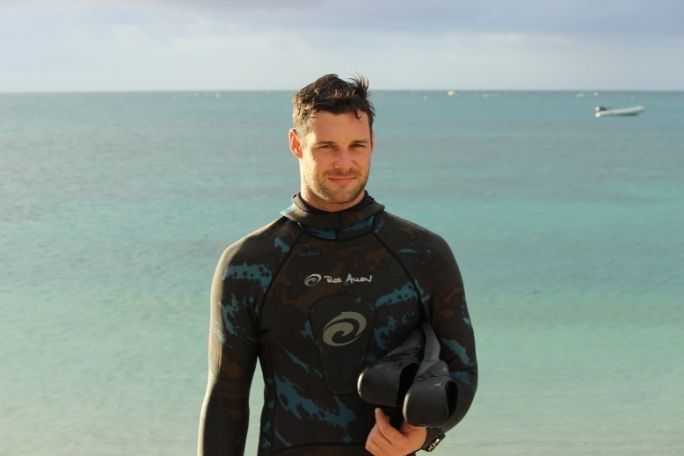Lesson summary
This lesson incorporates clips from Blue The Film as learning inspiration. Students investigate the differences between food webs and food chains, and examine how these visual tools help us to understand the health of the oceans. Students begin by defining a range of key terms related to food webs and food chains, and then analyse models to identify the flow of energy. Students will then test the fragility of a food web, seeing what happens when species within that food web are removed. Finally, students examine some of the ways humans impact marine environments, working in groups to create a poster that describes a food chain of a marine species under threat from human behaviours.
Learning intentions:
Students will...
- understand the difference between a food web and a food chain
- understand how each species in a food web is integral to the health of the whole web
- recognise how food webs can be used to help us understand the health of marine environments.
Success criteria:
Students can...
- explain the difference between food webs and food chains
- identify the trophic levels of food webs
- undertake research online
- produce a scientific poster.
Lesson guides and printables
Lesson details
Curriculum mapping
Australian curriculum content descriptions:
Year 7 Science:
- Interactions between organisms, including the effects of human activities can be represented by food chains and food webs (ACSSU112)
Syllabus outcomes: SC4-15LW
General capabilities: Critical and creative thinking
Cross-curriculum priority: Sustainability OI.2
Relevant parts of Year 7 Science achievement standards: Students predict the effect of human and environmental changes on interactions between organisms.
Unit of work: Blue The Film – Science – Year 7 & 8
Time required: 120 mins +
Level of teacher scaffolding: Medium – lead students in discussion and class activities, oversee group work.
Resources required
- Student Worksheet – one copy per student
- Device capable of presenting a website to the class
- Food Chains and Food Webs Factsheet
- Marine Food Web Factsheet
- Marine Food Web – With Answers
- Trophic Levels Factsheet
- Antarctic Organisms Cards
- Ball of string
- Poster making materials
Skills
This lesson is designed to build students’ competencies in the following skills:
- Collaboration
- Communication
- Creativity
- Critical thinking
- Problem solving
Additional info
Blue is a feature documentary film charting the drastic decline in the health of our oceans. With more than half of all marine life lost and the expansion of the industrialization of the seas, the film sets out the challenges we are facing and the opportunities for positive change. Blue changes the way we think about our liquid world and inspires the audience to action. Find out how to screen or download the film here. Along with the film is an ambitious global campaign to create advocacy and behaviour change through the #oceanguardian movement. To become an ocean guardian, see the website.


Welcome back!
Don't have an account yet?
Log in with:
By signing up to Cool.org you consent and agree to Cool's privacy policy to
store, manage and process your personal information. To read more, please see
our privacy policy here(Opens in new tab).
Create your free Cool.org account.
Many of our resources are free, with an option to upgrade to Cool+ for premium content.
Already have an account?
Sign up with:
By signing up to Cool.org you consent and agree to Cool's privacy policy to
store, manage and process your personal information. To read more, please see
our privacy policy here(Opens in new tab).